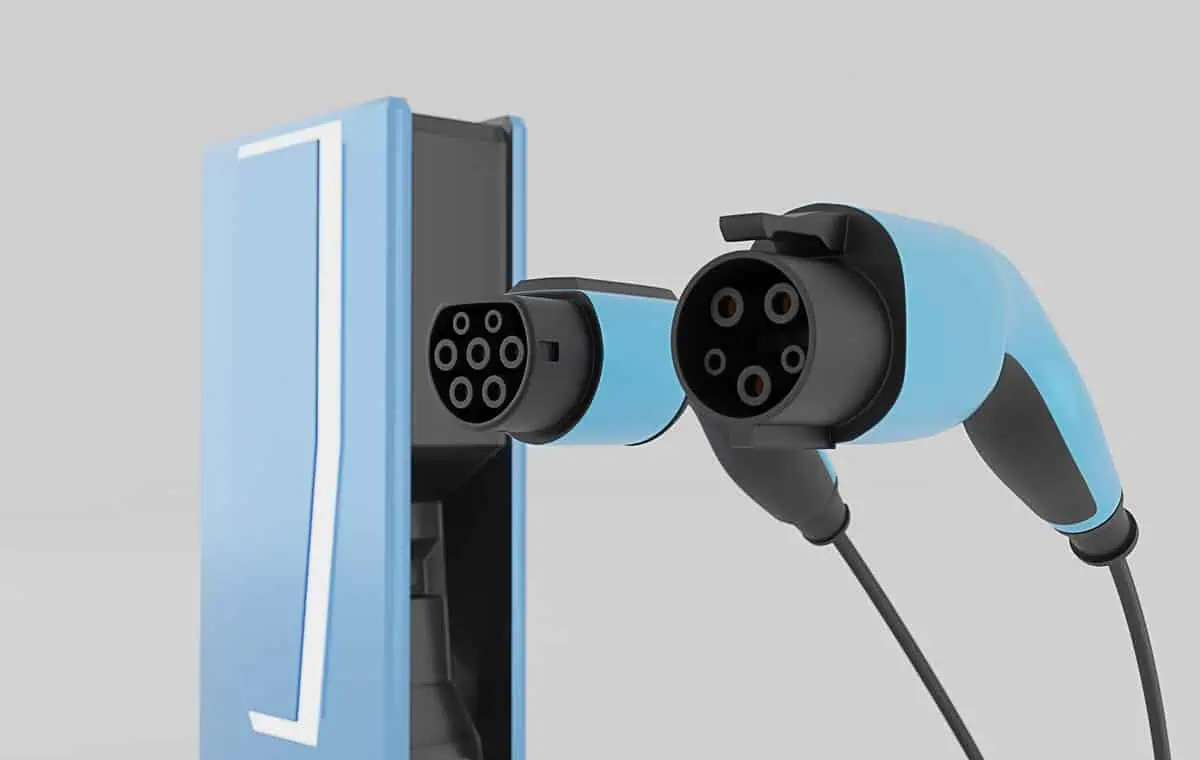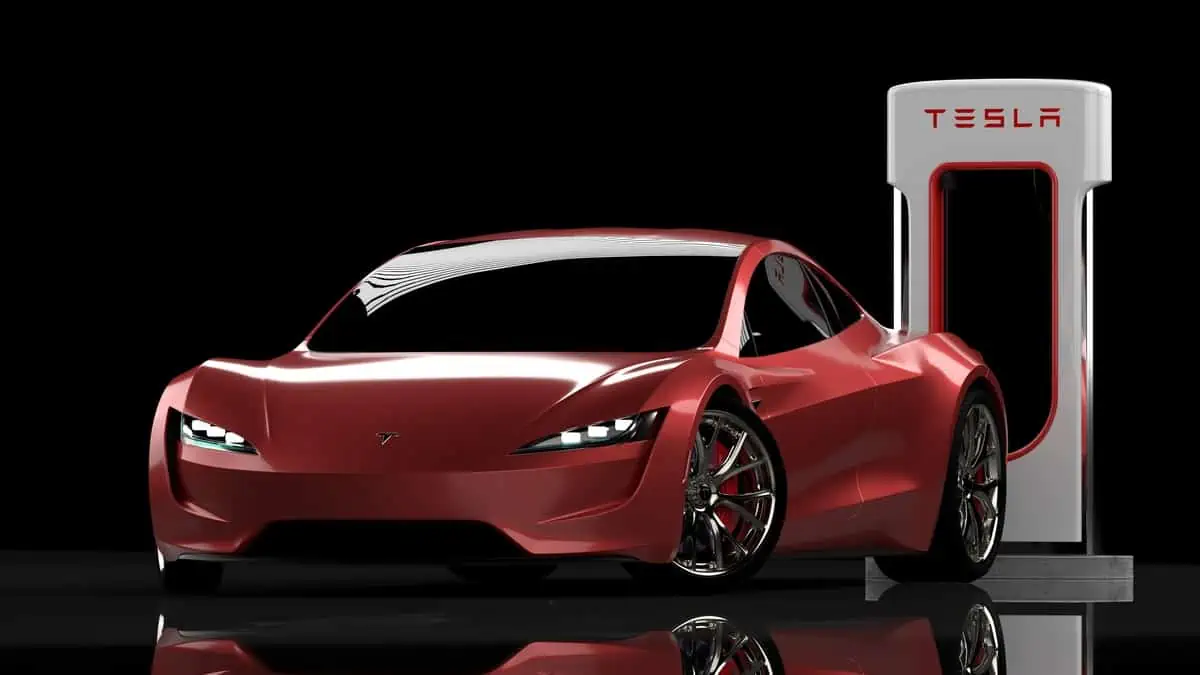An effective way to predict the future of electric vehicles is by looking at Norway. Australia has the potential to be like the UK in 2 years and Norway in 4 years, depending on how fast the auto industry moves, according to Cleantechnica.
Oslo, Norway’s capital, has impressively transitioned to the electric vehicle era. The streets of Oslo has been filled with various electric car models. Although there are still some petrol cars, they are very rare that it catches attention. Norway’s aim to be green has indeed turned economy wide.
In fact, Oslo has become green due to the congestion tax, which also lessens the traffic on the roads. With relatively little vehicle access, the main streets have been converted into malls. According to Cleantechnica, EV chargers are available everywhere in Oslo, such as in shopping malls and council car parks. Even the designated parking spots for the disabled and taxi ranks have charging stations.
Aside from this, a few Jaguar I-PACE cars are configured as taxis and are testing wireless charging while driving. Underground parking lots frequently had 20-bay charging outlets available. There is kerbside charging infrastructure available that resemble parking meters. Notably, teachers have access to pay-per-use chargers outside their local school for use while at work.
Interestingly, the largest Supercharger station in the world at the time of its commissioning is located in Norway and can accommodate 44 automobiles at once. A 20-bay Tesla Supercharger is available at the local Hungry Jack’s, along with four bays for non-Tesla charging, allowing EV users to charge as they have their burgers. In Australia, Hungry Jack’s is currently beginning to install chargers, a very significant step towards going forward.
Norway is definitely leading electric vehicles revolution with its effective government policies. Other countries including Australia must exert extra effort in promoting the shift to electric vehicles in order to achieve their net-zero emissions target.






